Категории
- иридология (226)
- Чтение глаз (24)
- QR-программное обеспечение (15)
- Блог (274)
- Иллюстрация иридологии (35)
- онлайн-курс иридологии (54)
- иридология (59)
- Выставка (2)
- Новости (412)
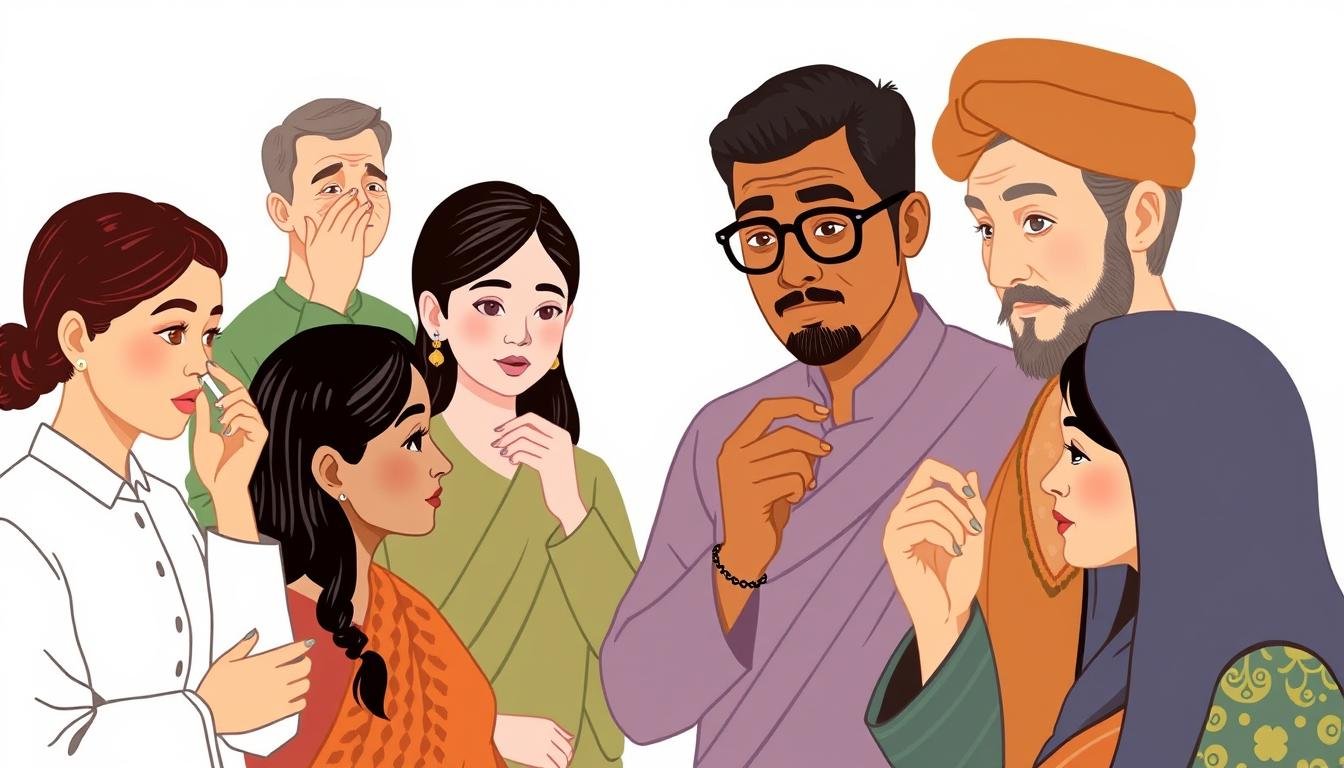
Before exploring cultural variations, it’s essential to understand the physiological basis of Eye Reading. The human eye contains approximately 10,000 nerve fibers connecting directly to the brain, making it an extension of neural tissue. Modern science recognizes several aspects of eye analysis that form the foundation of both traditional and contemporary Eye Reading practices.


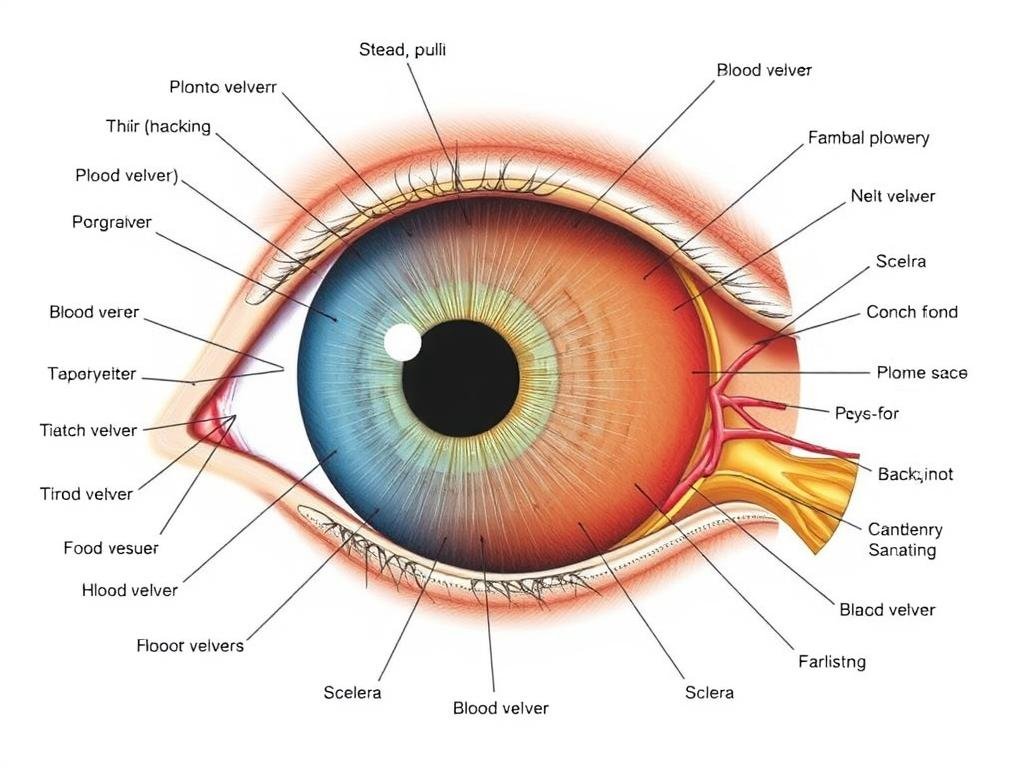
Pupil dilation and contraction occur involuntarily in response to light, emotional states, and cognitive processing. Research has demonstrated that pupils dilate when viewing something pleasant or interesting and constrict when viewing something unpleasant. This physiological response forms a cornerstone of modern Eye Reading techniques used in fields ranging from psychology to marketing.

The iris contains complex patterns unique to each individual. In many Eye Reading traditions, these patterns are believed to reveal information about physical health, personality traits, and even genetic predispositions. While conventional medicine approaches these claims with caution, the field of iridology continues to examine correlations between iris markings and health conditions.
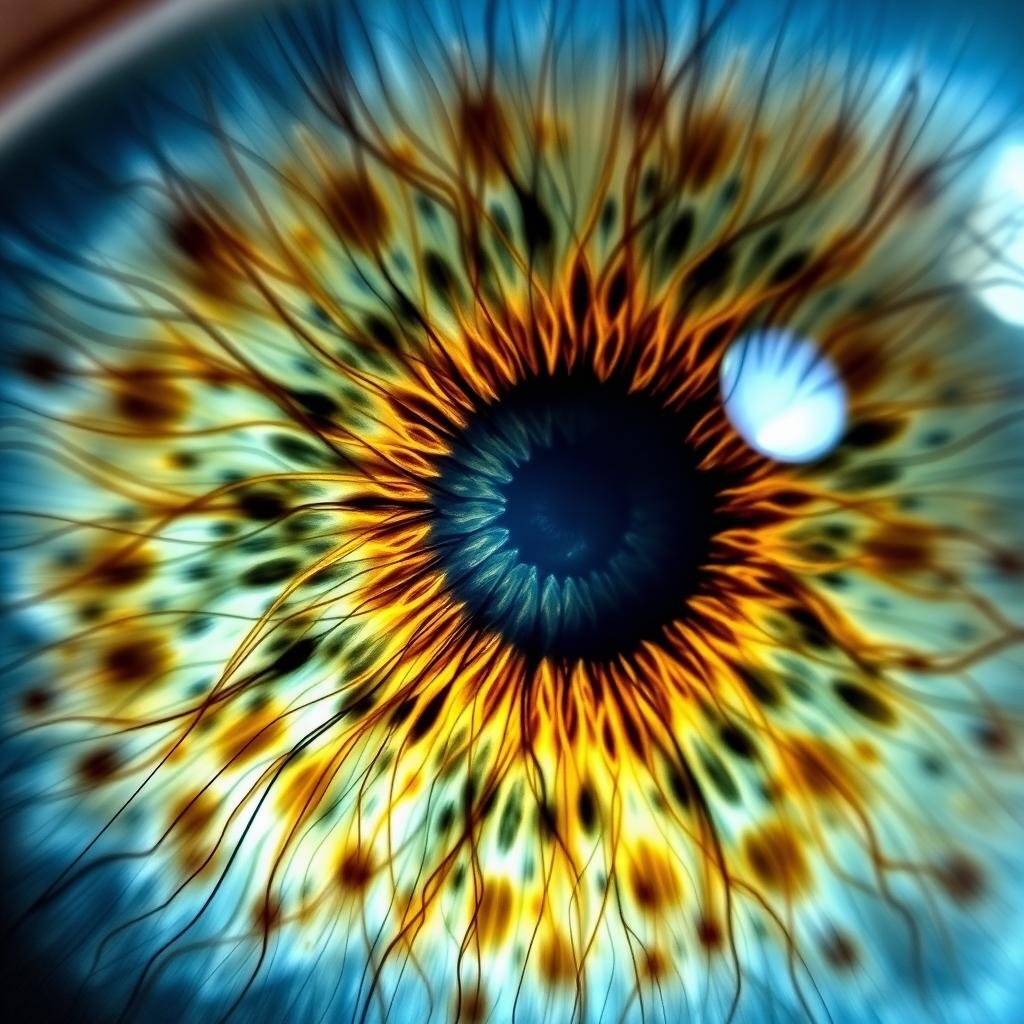
Eastern cultures have developed sophisticated systems of Eye Reading that integrate with broader medical and philosophical frameworks. These traditions often view the eyes as reflections of internal energy systems and overall wellness.
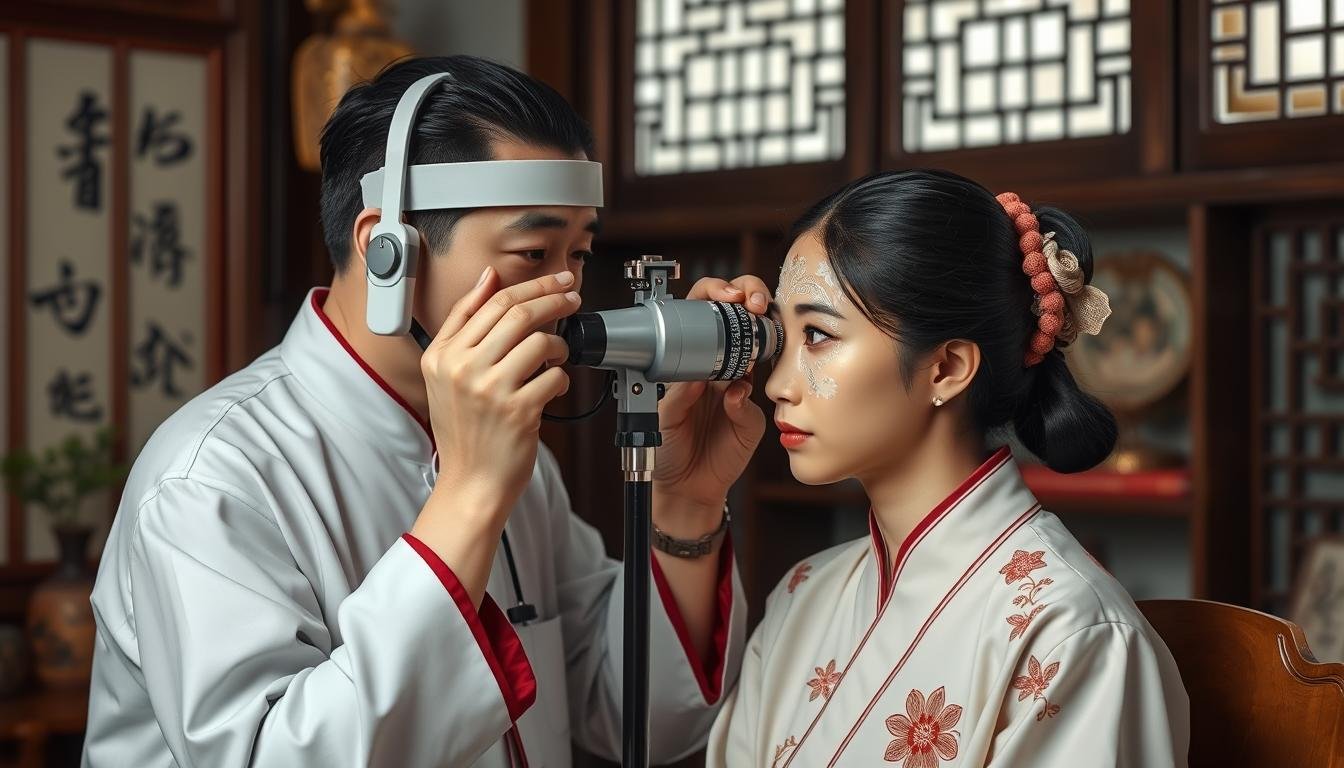
In Traditional Chinese Medicine (TCM), Eye Reading is considered part of diagnosis through observation or “望診” (wàng zhěn). Practitioners believe that different areas of the eye correspond to specific organs and meridians. The color, clarity, and moisture of the eyes provide information about the balance of yin and yang energies and the state of the five elements within the body.


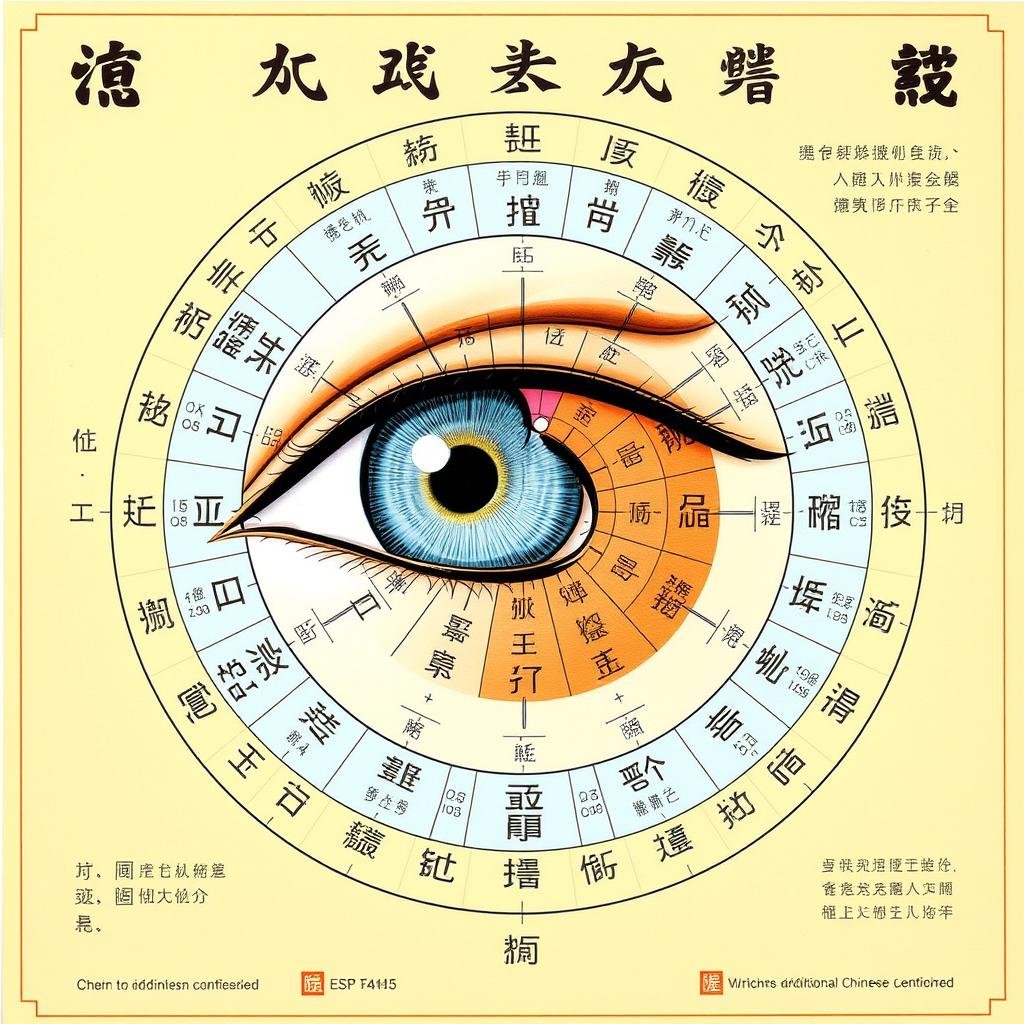
Key aspects of Chinese Eye Reading include:
In Ayurveda, India’s traditional medical system, Eye Reading is integrated into “netra pariksha” (eye examination). The eyes are believed to reflect one’s dominant dosha (Vata, Pitta, or Kapha) and provide insights into imbalances requiring treatment.

| Dosha | Eye Characteristics | Интерпретация |
| Vata | Small, dry, mobile eyes with thin eyelashes | Air and ether elements dominant; may indicate nervous system sensitivity |
| Pitta | Medium-sized, intense, sharp eyes with redness | Fire element dominant; may indicate strong metabolism and potential inflammation |
| Kapha | Large, watery eyes with thick eyelashes | Water and earth elements dominant; indicates stability and potential congestion |
Middle Eastern cultures have developed unique perspectives on Eye Reading that blend spiritual beliefs with practical observation. The evil eye concept is particularly significant, but traditional medicine also incorporates sophisticated eye analysis.
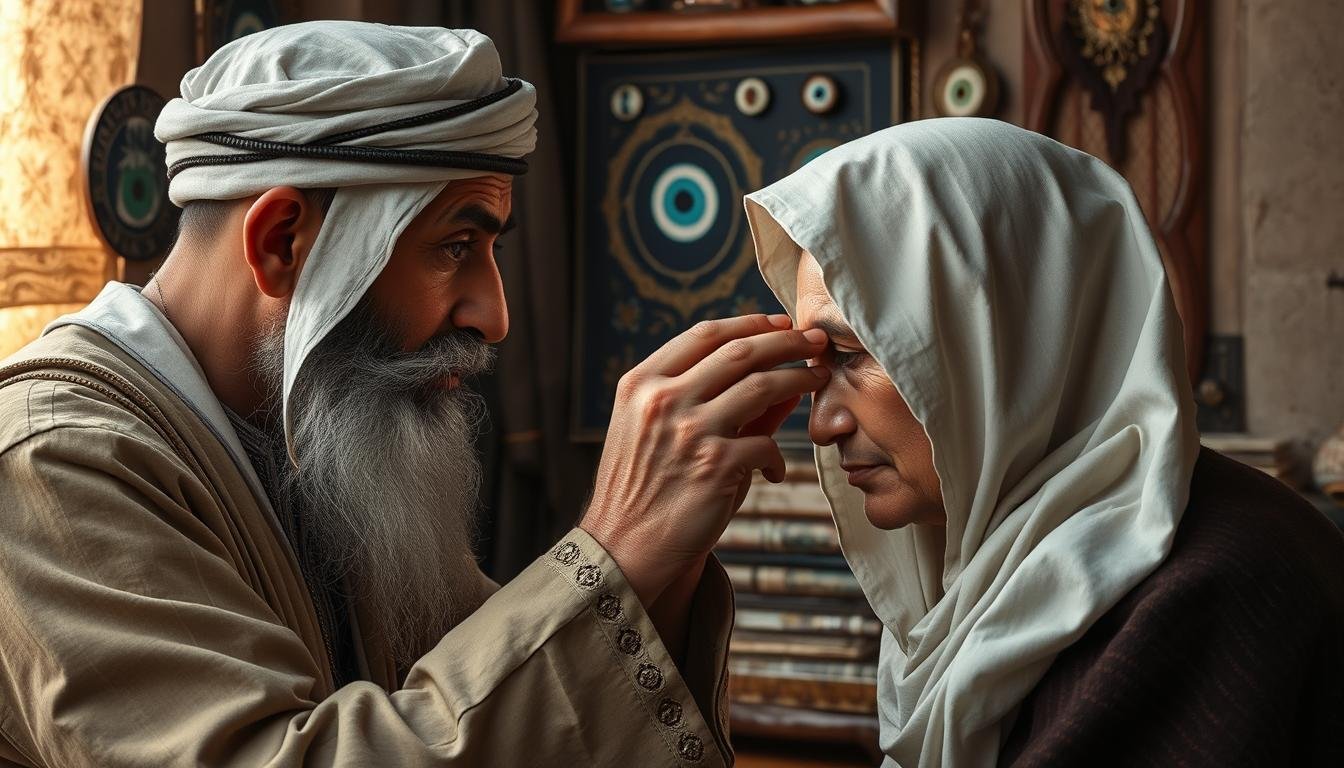
Persian traditional medicine, influenced by scholars like Avicenna (Ibn Sina), developed detailed Eye Reading methods. The “Qanun fi al-Tibb” (Canon of Medicine) describes how eye color, movement, and secretions indicate temperament (mizaj) and potential health issues.

Curious about what your eyes reveal about your health and personality? Our experts combine traditional wisdom with modern analysis techniques.
Throughout the Middle East, the concept of the evil eye (nazar) represents belief in the power of Eye Reading at its most fundamental level—that eyes can transmit energy and intention. Blue eyes are traditionally considered particularly powerful, leading to the creation of protective amulets that mirror this color.
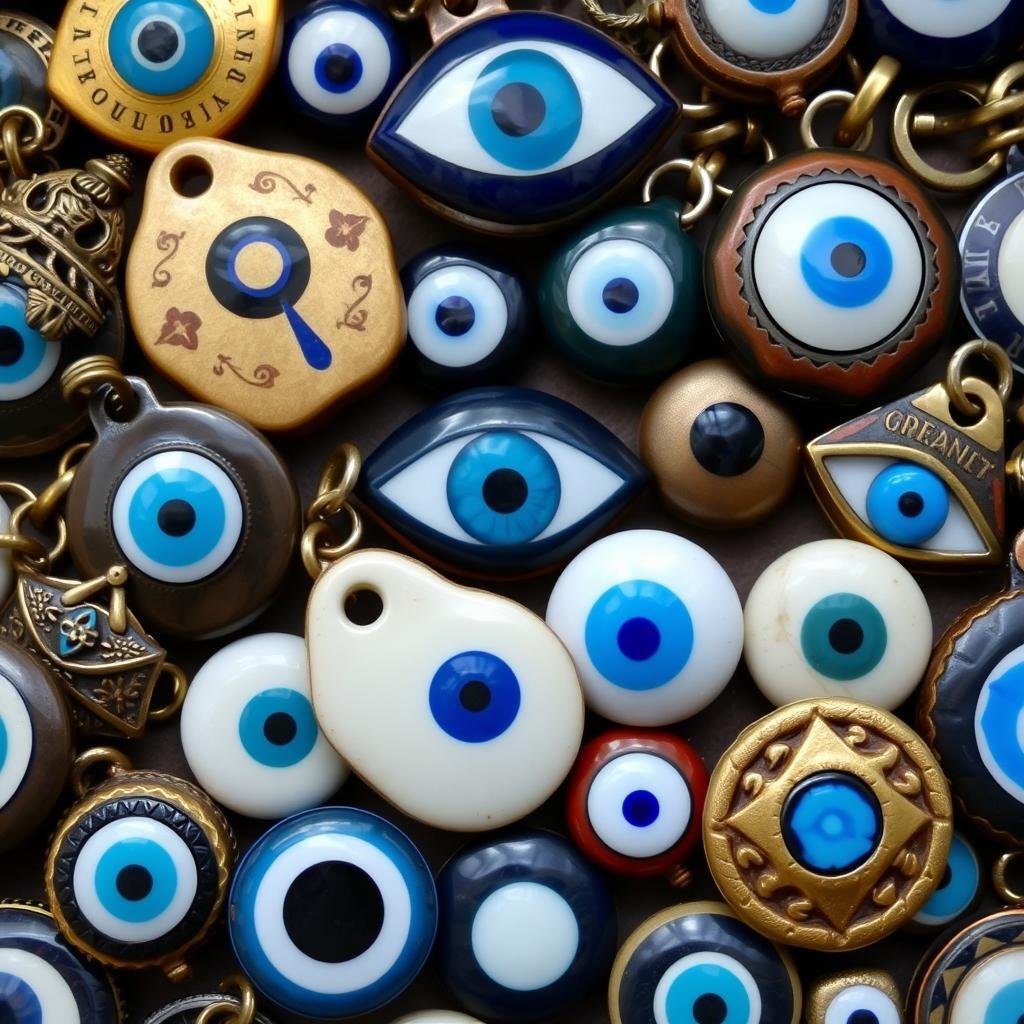
Western approaches to Eye Reading have evolved from ancient physiognomy to modern scientific analysis, with various philosophical and medical systems developing along the way.
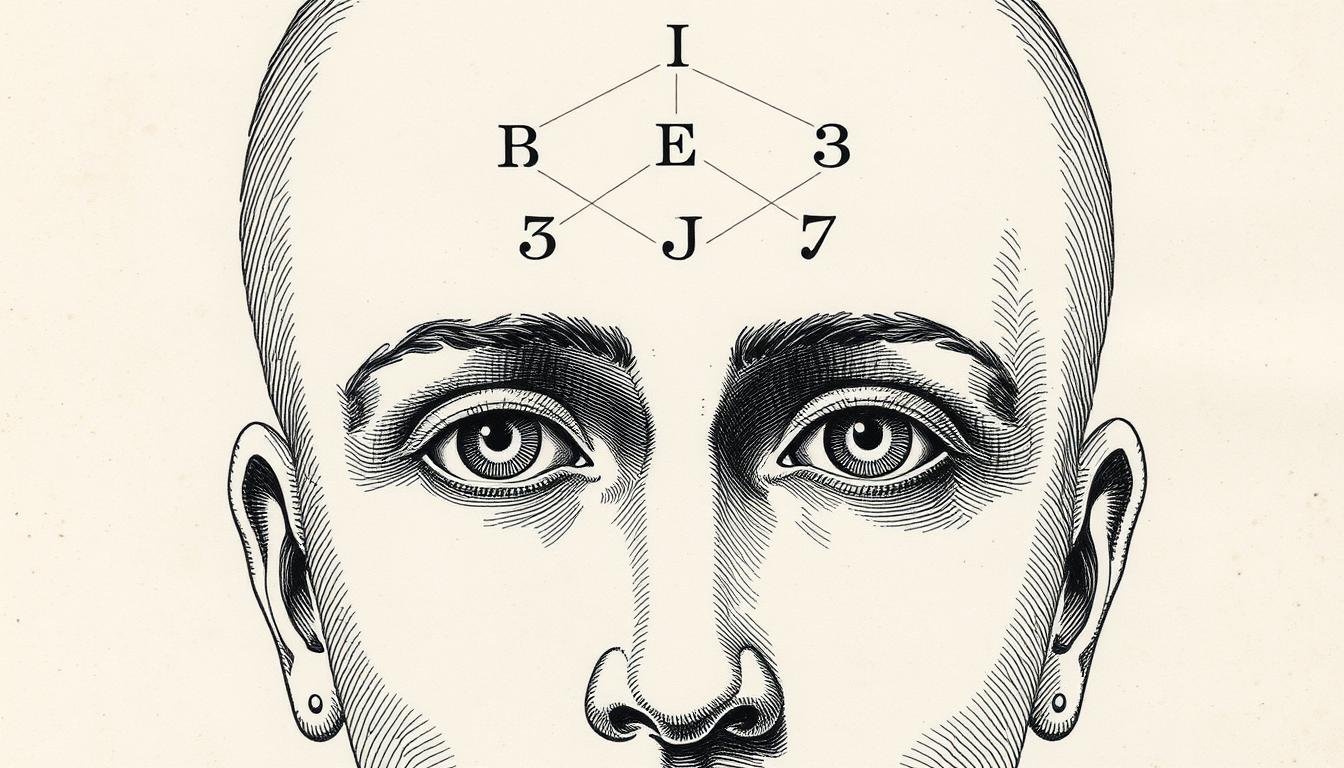
Iridology, developed in the 19th century by Hungarian physician Ignatz von Peczely, represents a systematic approach to Eye Reading in Western alternative medicine. Practitioners use detailed iris charts that divide the iris into zones corresponding to different body organs and systems.
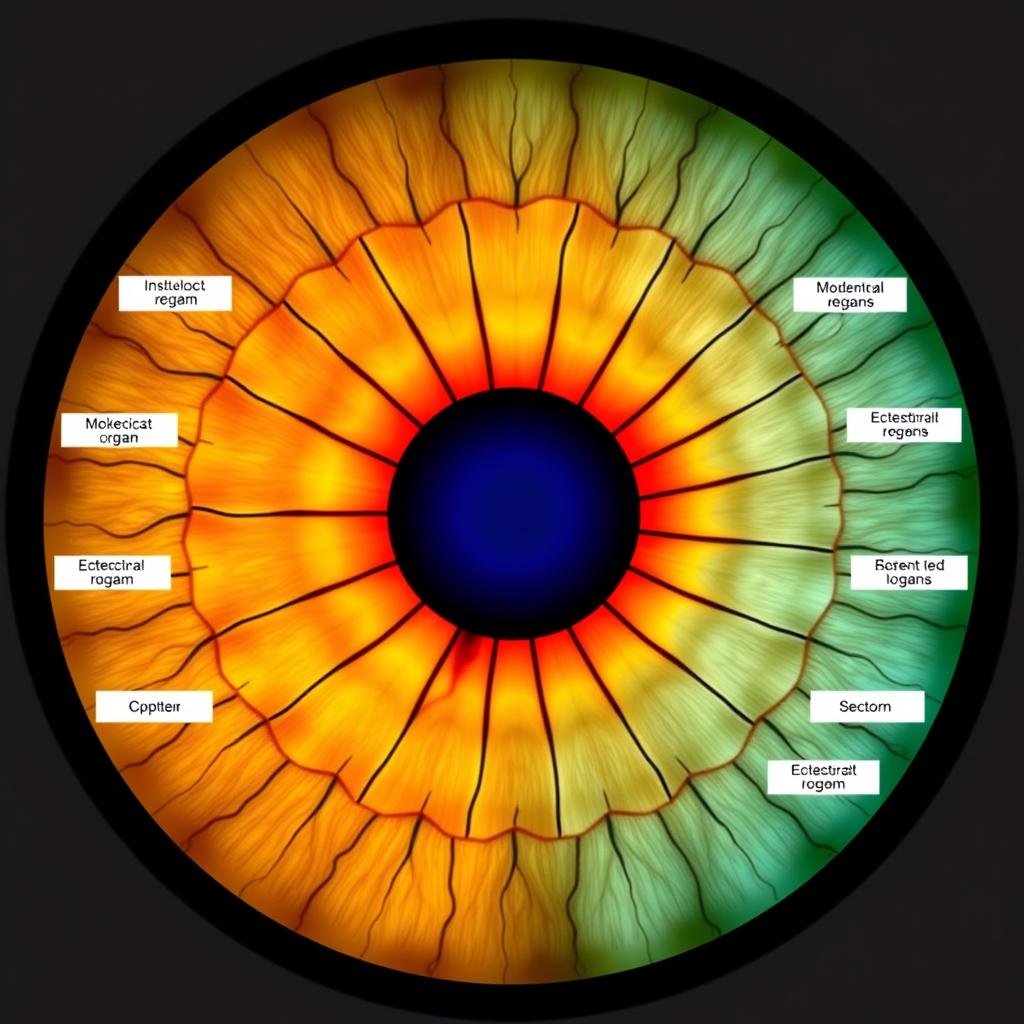
Key principles of Western iridology include:
Modern Western psychology has developed evidence-based approaches to Eye Reading that focus on eye movement patterns, pupil response, and gaze behavior. These techniques are used in fields ranging from marketing research to lie detection.
“The eyes don’t lie. They are the windows to the soul and reflect everything that seems to be hidden.”
Indigenous cultures worldwide have developed unique approaches to Eye Reading that often integrate spiritual beliefs with practical observation of health and character.

In Aboriginal culture, Eye Reading connects to Dreamtime stories and traditional healing practices. Elders observe eye clarity, color, and movement to assess spiritual and physical wellbeing.

Many Native American traditions incorporate Eye Reading into healing ceremonies and vision quests. Medicine people may observe changes in eye appearance before, during, and after spiritual experiences to interpret messages and healing needs.

Understanding cultural differences in Eye Reading and eye contact norms is essential for effective cross-cultural communication in our globalized world.

| Culture | Eye Contact Norm | Интерпретация | Business Implication |
| North American | Direct, sustained | Confidence, honesty | Expected during negotiations and presentations |
| японский | Limited, often to neck area | Respect, attentiveness | Excessive eye contact may seem aggressive |
| Middle Eastern | Direct, intense between same genders | Trustworthiness, attention | Important for building relationships |
| South Asian | Limited with authority figures | Deference, respect | May avoid eye contact as sign of respect |
Many cultures encode social hierarchy through Eye Reading and eye contact patterns. Understanding these subtle cues can provide valuable insights into power dynamics and appropriate behavior in diverse settings.
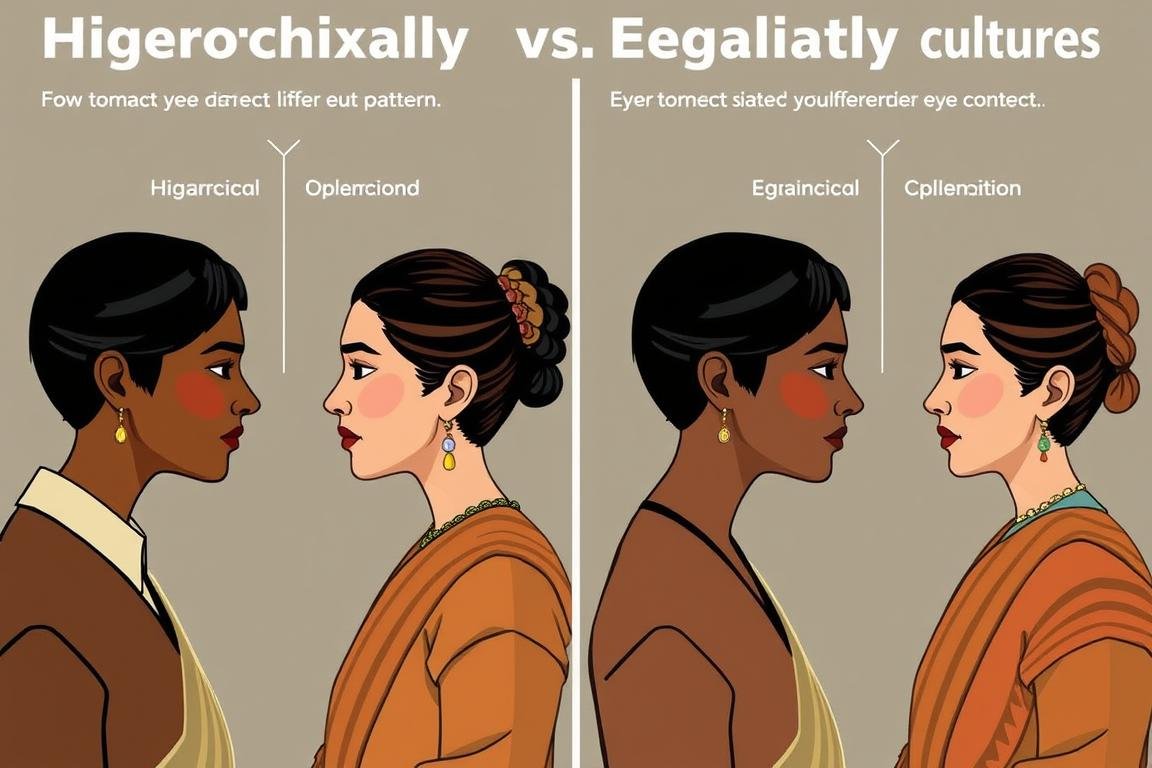
Contemporary applications of Eye Reading span from traditional healing practices to cutting-edge technology, demonstrating the enduring relevance of this ancient art.
Modern medicine has validated certain aspects of traditional Eye Reading through technologies like retinal imaging and pupillometry. Conditions from diabetes to neurological disorders can now be detected through sophisticated eye examination.

AI systems now incorporate Eye Reading technologies to analyze emotional states, attention patterns, and even potential health issues. From security applications to adaptive learning platforms, these technologies are transforming how we interact with machines.

Our experts combine traditional wisdom with modern techniques to provide insights into health, personality, and potential.
Understanding basic Eye Reading principles can enhance cross-cultural communication and provide insights into health and emotional states.
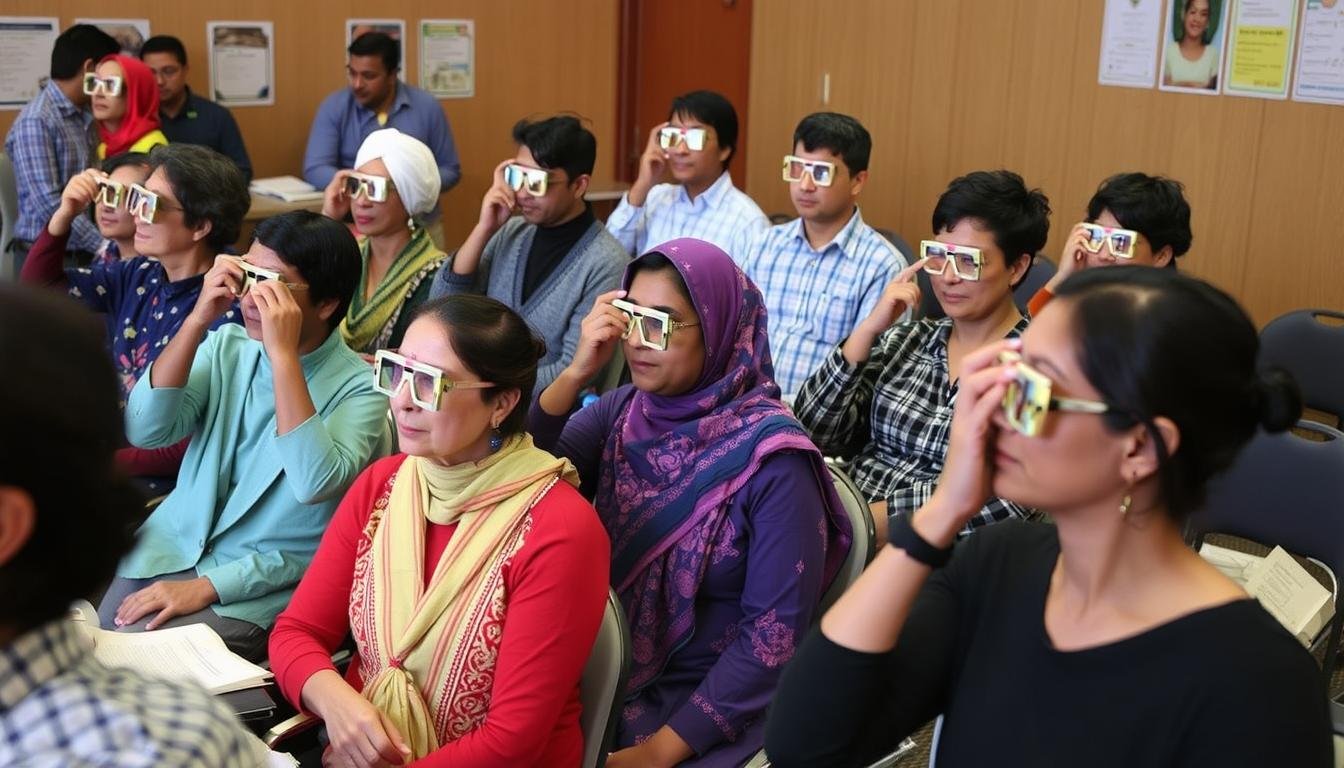
Despite cultural variations, certain Eye Reading signals appear to be universal across human populations:
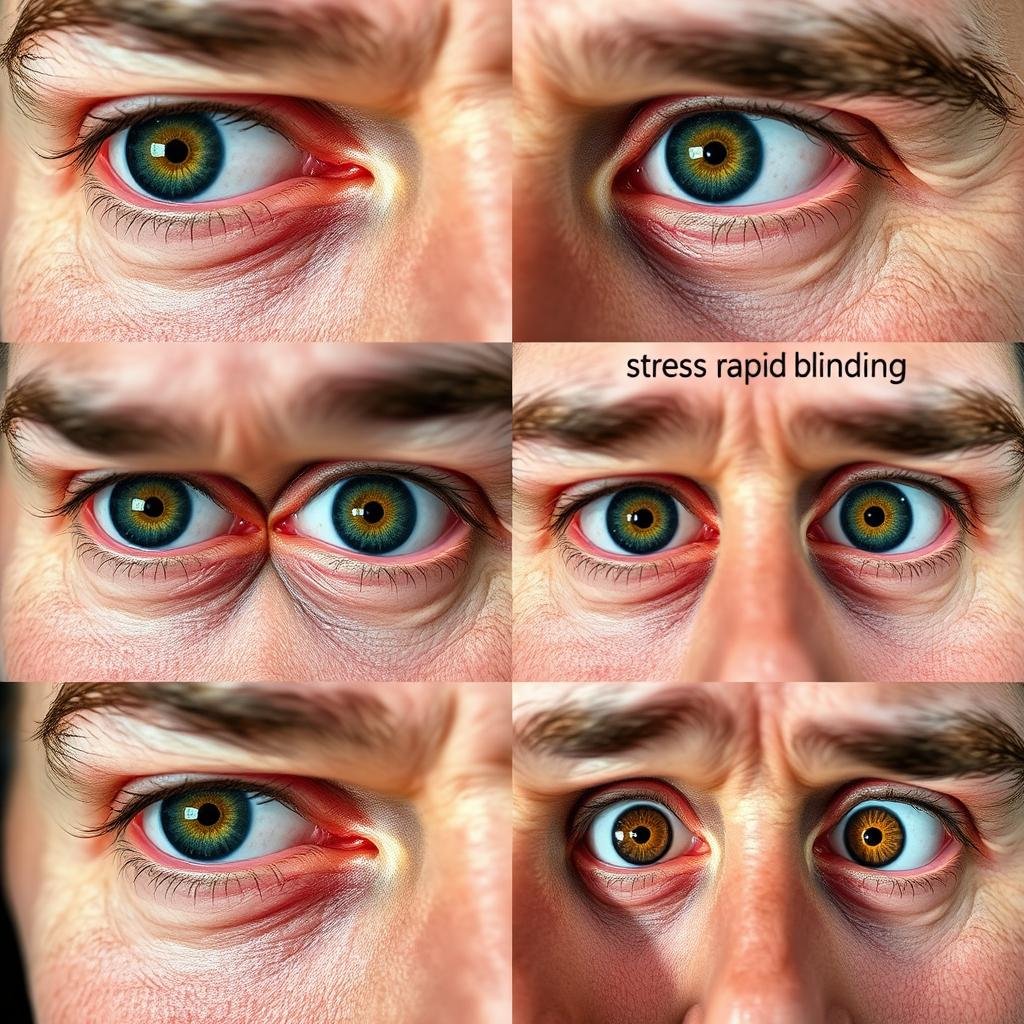
Improving your Eye Reading abilities requires practice and cultural awareness:

Throughout history and across cultures, Eye Reading has served as a fundamental tool for understanding health, emotions, and interpersonal dynamics. While specific interpretations vary widely, the underlying recognition of eyes as powerful communicators remains constant. As we navigate an increasingly globalized world, understanding cultural variations in Eye Reading becomes not just a fascinating study but a practical skill for effective communication.
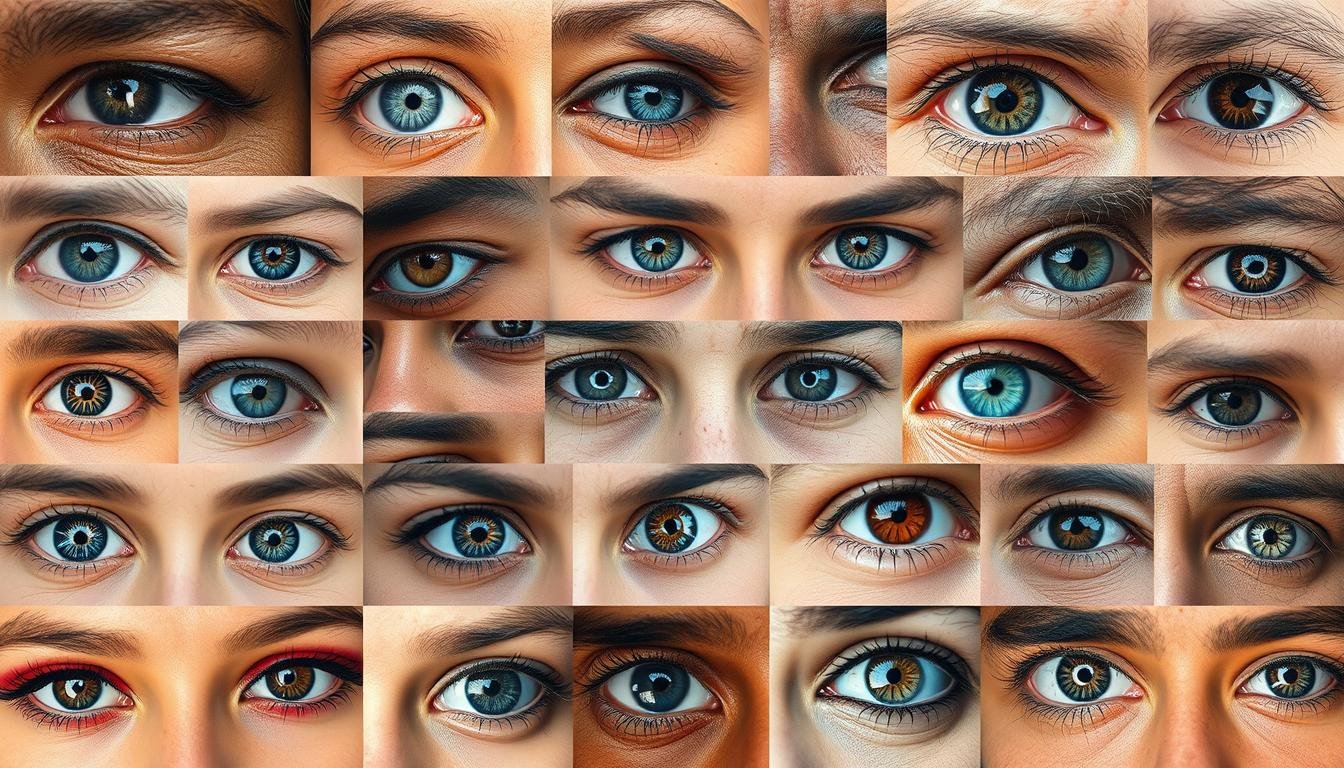
Whether approached through the lens of traditional medicine, modern psychology, or cultural anthropology, Eye Reading continues to offer valuable insights into the human condition. By respecting and learning from diverse cultural approaches to this ancient practice, we enrich our understanding of both others and ourselves.
Discover what your eyes reveal about your health, personality, and potential. Our experts combine traditional wisdom with modern analysis techniques.
Or reach us by email:
ПРОГРАММНОЕ ОБЕСПЕЧЕНИЕ MAIKONG IRIDOLOGY Установка и эксплуатация
